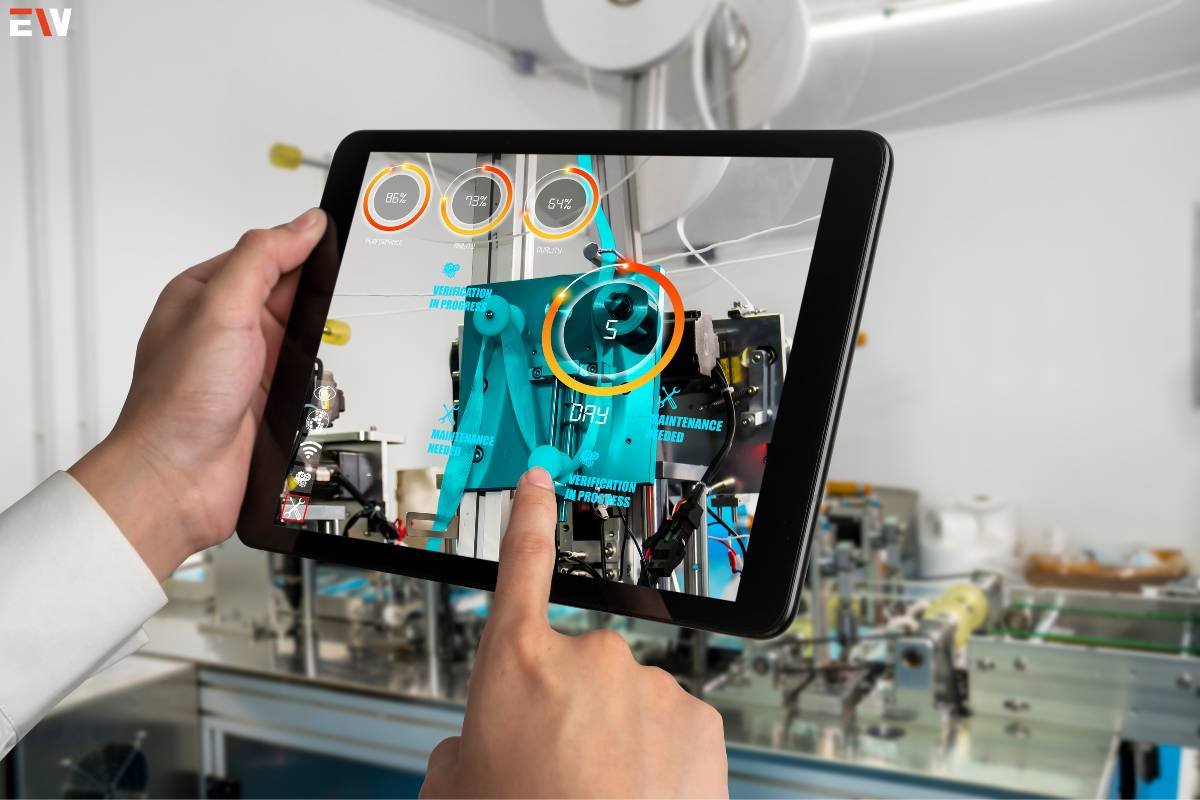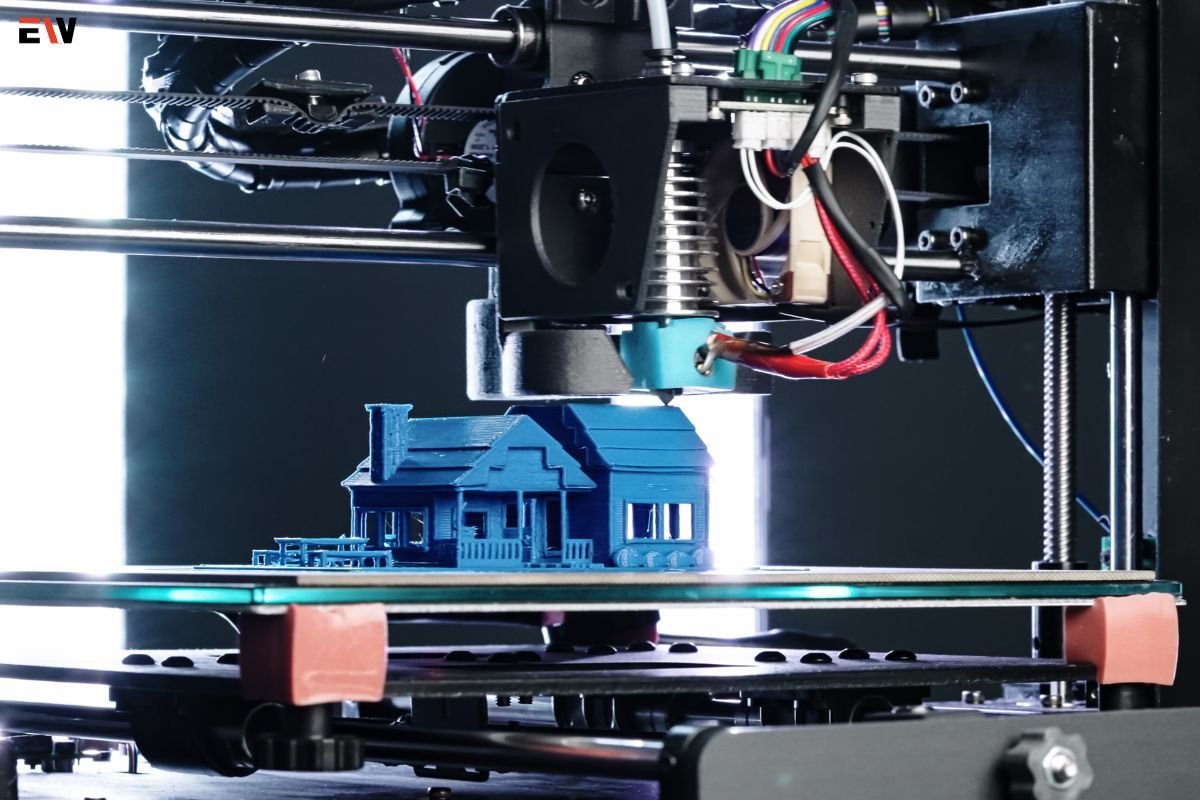In manufacturing, optimizing production processes is crucial for ensuring efficiency, reducing costs, and delivering high-quality products to customers. This is where production planning and control tools come into play. These tools are essential for managing the entire manufacturing process, from order inception to final product delivery. To give you a better idea about these tools, we will explore their significance, types, and how they can empower businesses to stay competitive in today’s fast-paced markets.
Understanding Production Planning and Control
Production planning and control (PPC) are integral components of the manufacturing process. They encompass a set of activities that help businesses schedule, coordinate, and manage production to meet customer demand efficiently. The primary goal of PPC is to optimize resources and ensure smooth production flow.
Key Elements of Production Planning and Control
- Production Planning: This involves determining what to produce, how much to produce, and when to produce it. It considers factors like demand forecasts, available resources, and order priorities.
- Production Scheduling: Scheduling is the process of setting the start and finish times for each operation within a production plan. It aims to minimize idle time and maximize machine and labor utilization.
- Routing: Routing defines the sequence of operations required to produce a product. It outlines the path that a product takes through various workstations and processes.
- Inventory Management: PPC tools help manage inventory levels by optimizing reorder points, safety stock, and economic order quantities to minimize carrying costs while ensuring product availability.
- Quality Control: PPC tools may integrate quality control measures to ensure that products meet the desired quality standards at every stage of production.
Types of Production Planning and Control Tools

Various tools and software are available to assist businesses in their production planning and control efforts. These tools can be broadly categorized into the following types:
- Enterprise Resource Planning (ERP) Systems: ERP systems are comprehensive, integrated software solutions that provide end-to-end visibility and control over various business processes, including production planning and control. They allow for real-time tracking of inventory, production status, and demand forecasts.
- Material Requirements Planning (MRP): MRP tools focus on managing materials and inventory. They calculate what materials are needed for production, when they are needed, and how much should be ordered. MRP helps minimize shortages and overstock situations.
- Manufacturing Execution Systems (MES): MES bridges the gap between planning and actual production. It monitors and controls production activities on the shop floor, ensuring that orders are executed as planned, tracking work-in-progress, and collecting real-time data for analysis.
- Master Production Scheduling (MPS): MPS tools create a detailed schedule for production based on demand forecasts and resource availability. They help in managing production resources and identifying potential bottlenecks.
- Production Scheduling Software: These tools focus on optimizing the sequencing of production tasks to reduce downtime, improve machine utilization, and meet production deadlines efficiently.
- Capacity Planning Software: Capacity planning tools help businesses understand the limits of their production capacity and ensure that resources are not overutilized, leading to production delays or inefficiencies.
Benefits of Using Production Planning and Control Tools
The adoption of production planning and control tools offers a multitude of benefits for manufacturing businesses:

- Improved Efficiency: PPC tools optimize resource allocation, reduce idle time, and streamline production processes, resulting in higher overall efficiency.
- Cost Reduction: By reducing material waste, minimizing excess inventory, and enhancing resource utilization, PPC tools contribute to significant cost savings.
- Accurate Demand Forecasting: These tools enable accurate demand forecasting, ensuring that products are available when customers need them, preventing overproduction or stockouts.
- Enhanced Quality Control: Integration of quality control measures into PPC tools ensures that products meet quality standards at every production stage.
- Real-time Visibility: PPC tools provide real-time visibility into production status, inventory levels, and order progress, allowing businesses to make informed decisions promptly.
- Better Customer Service: Meeting customer demand promptly and consistently leads to improved customer satisfaction and loyalty.
Implementing Production Planning and Control Tools
The successful implementation of production planning and control tools requires a strategic approach. Here’s how you can get started:

- Assess Your Needs: Begin by assessing your current production processes and identifying areas where PPC tools can make the most impact. Understand your business’s unique requirements and constraints.
- Select the Right Tool: Choose a PPC tool that aligns with your needs and budget. Ensure that the selected tool integrates with your existing systems and provides the required features.
- Training and Education: Provide training and education to your staff on how to use the PPC tool effectively. A well-trained team is essential for successful implementation.
- Data Integration: Integrate the PPC tool with your existing systems, including inventory management, financial, and customer relationship management (CRM) systems.
- Continuous Monitoring: Regularly monitor the performance of the PPC tool, gather feedback from your team, and make adjustments as needed to ensure optimal use.
Success Stories: Businesses That Transformed with PPC Tools
- Apple Inc.: Apple uses advanced ERP and MRP systems to manage its complex global supply chain. These tools help Apple forecast demand, optimize component sourcing, and coordinate production across multiple suppliers and factories.
- Procter & Gamble (P&G): P&G uses a combination of MES and MRP systems to manage its diverse product portfolio. These tools enable real-time tracking of production processes and ensure that products are manufactured to meet specific quality standards.
- Tesla, Inc.: Tesla’s success is partly attributed to its use of ERP and MES systems. These tools allow Tesla to monitor and optimize its electric vehicle production processes and manage a vast supply chain.
Conclusion
Production planning and control tools are no longer optional but a necessity for modern manufacturing businesses. These tools not only enhance operational efficiency but also contribute to cost reduction, accurate demand forecasting, and improved customer service. As the manufacturing landscape continues to evolve, staying competitive requires adopting and implementing these tools strategically. Investing in the right PPC tools empowers businesses to meet customer demand promptly, minimize waste, and optimize their resources effectively. With the right approach and the right tools, your business can master efficiency and thrive in today’s competitive markets.









